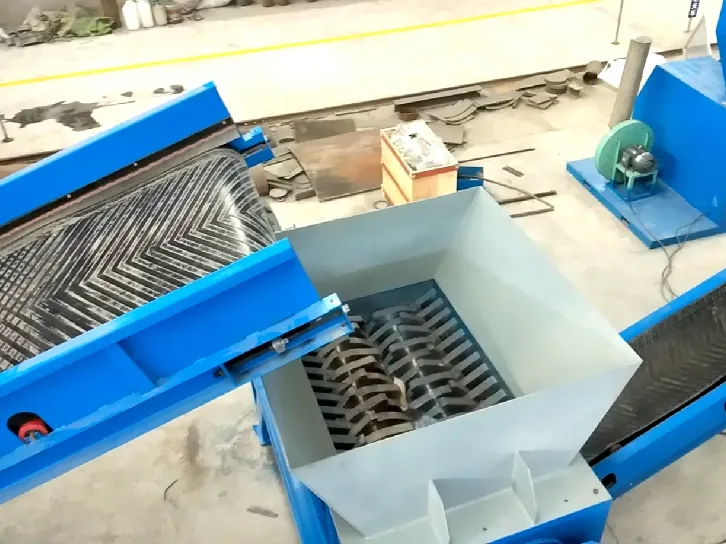

Nov . 24, 2024 08:16 Back to list
Understanding the Costs of a Metal Recycling Plant
The global emphasis on sustainability and resource efficiency has propelled the metal recycling industry into the spotlight. Metal recycling not only conserves valuable resources but also reduces environmental impact. However, the establishment of a metal recycling plant involves significant financial considerations. Understanding the costs associated with setting up and operating a metal recycling facility is crucial for stakeholders looking to enter this industry.
Initial Setup Costs
One of the primary expenses when constructing a metal recycling plant is the initial setup cost, which encompasses several components. Land acquisition is often the largest expense, particularly in urban or industrial areas where land is at a premium. The size of the facility will largely determine this cost, as larger plants need more space for processing operations, storage, and transportation.
Construction costs also play a pivotal role. The facility must be designed to accommodate heavy machinery and equipment while complying with local zoning and environmental regulations. Additionally, specialized outfitting may be required for areas dealing with hazardous materials or for ensuring safety regulations are met.
Machinery and Equipment
Investing in machinery and equipment is another major expenditure. A metal recycling plant will typically require shredders, balers, magnets, and various sorting technologies to efficiently process different types of metals. The choice of machinery is vital to the facility’s efficiency and effectiveness. While opting for high-end, efficient machines can incur higher upfront costs, they may offer significant long-term savings through energy efficiency and reduced labor costs.

Operating Costs
Once the plant is operational, ongoing operating costs come into play. Labor costs represent a substantial portion of these expenses. Skilled workers are necessary to manage sophisticated machinery and ensure safety standards are upheld. Training programs should also be considered, as properly trained employees can enhance productivity and reduce the likelihood of accidents.
Energy consumption is another critical operational cost. Metal recycling requires significant energy input, especially in processes such as metal melting or shredding. Implementing energy-efficient practices or investing in renewable energy sources can help mitigate these costs over time.
Market Factors
The cost of establishing and operating a metal recycling plant is also influenced by market dynamics. The prices of recycled metals can fluctuate significantly based on global demand and supply conditions. A vibrant market can enhance profitability but may also lead to increased competition, necessitating continuous investment in technology and services to maintain market share.
Conclusion
In conclusion, setting up a metal recycling plant involves various costs associated with initial investment, machinery, labor, and ongoing operations. Understanding these costs is essential for anyone looking to enter the metal recycling industry. While the capital requirement can be substantial, the long-term benefits of sustainability, resource conservation, and potential profit in a growing market make it an increasingly attractive investment. As society continues to prioritize sustainable practices, the metal recycling industry is expected to flourish, underlining its importance in the contemporary economy.
Latest news
Eddy Separator for Non-Ferrous Metals
NewsAug.22,2025
E Waste Bin for Collected Spray Cans: Sustainable Disposal Solutions
NewsAug.22,2025
Dual Shaft Shredder with Adjustable Blade Gaps
NewsAug.22,2025
Hammer Crusher Machine With Secondary Crushing
NewsAug.22,2025
Copper Granulator Our Promise of Recycling Excellence
NewsAug.22,2025
Industrial Shredders Crafted for E-Waste Recycling
NewsAug.22,2025